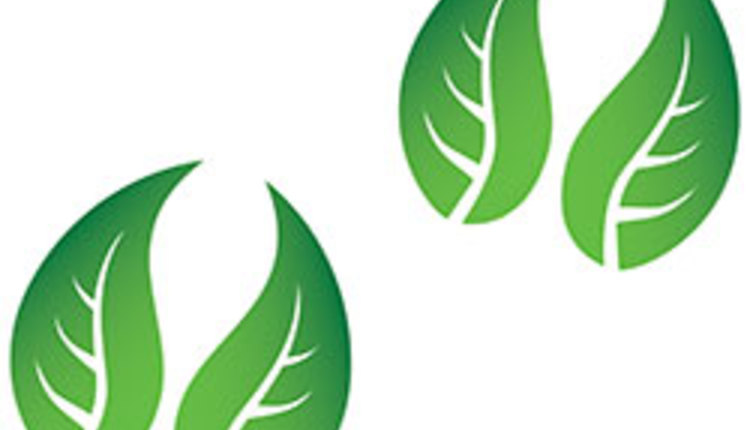Cows and carbon:where we stand
As a result of an unprecedented study, we know the carbon footprint required to produce one gallon of milk. Action plans are being developed to improve it. Prior to this decade, the words cows and carbon were not commonly found in the same sentence. Now, our beloved bovines have a giant target on their heads for what they do best - turning feed into milk. This process has had us in awe for years. Some environmentalists say the by-products of rumination (CO2 and methane) are foes of the environment and a source for global warming. A wide range of studies label cows as gas factories - but none of these estimates were made with the unparalleled depth of a recent study completed by the University of Arkansas. The study, commissioned by the Innovation Center for U.S. Dairy, is a life cycle assessment (LCA) to determine the carbon footprint of one gallon of milk. Researchers collected data from 500 farms, 50 processing plants, and more than 210,000 round trips of milk from farm to processor. The team randomly selected the 500 farms while keeping the demographics similar to our industry's actual makeup. For more on this topic, read page 617 of the September 25, 2010 issue of Hoard's Dairyman.


